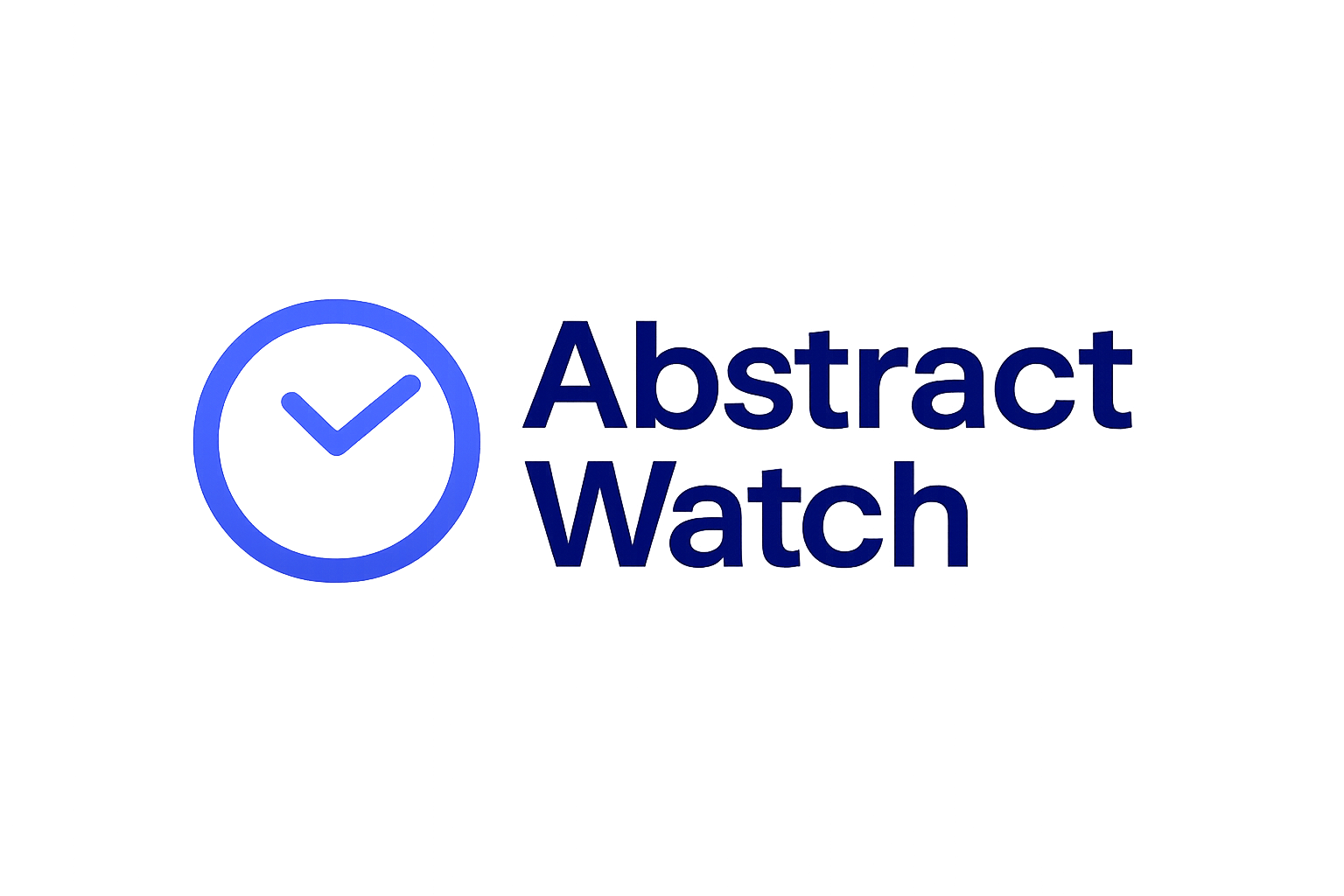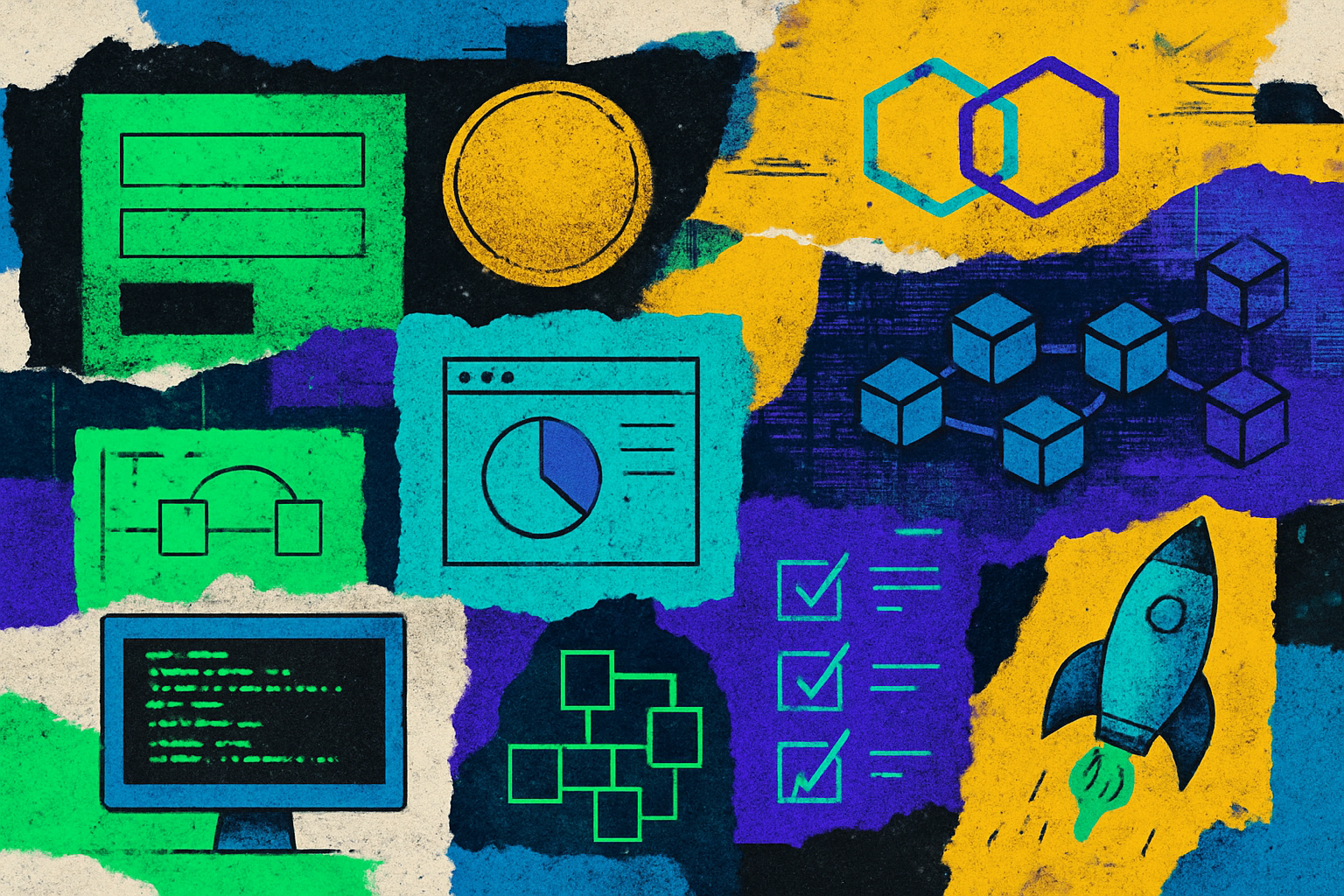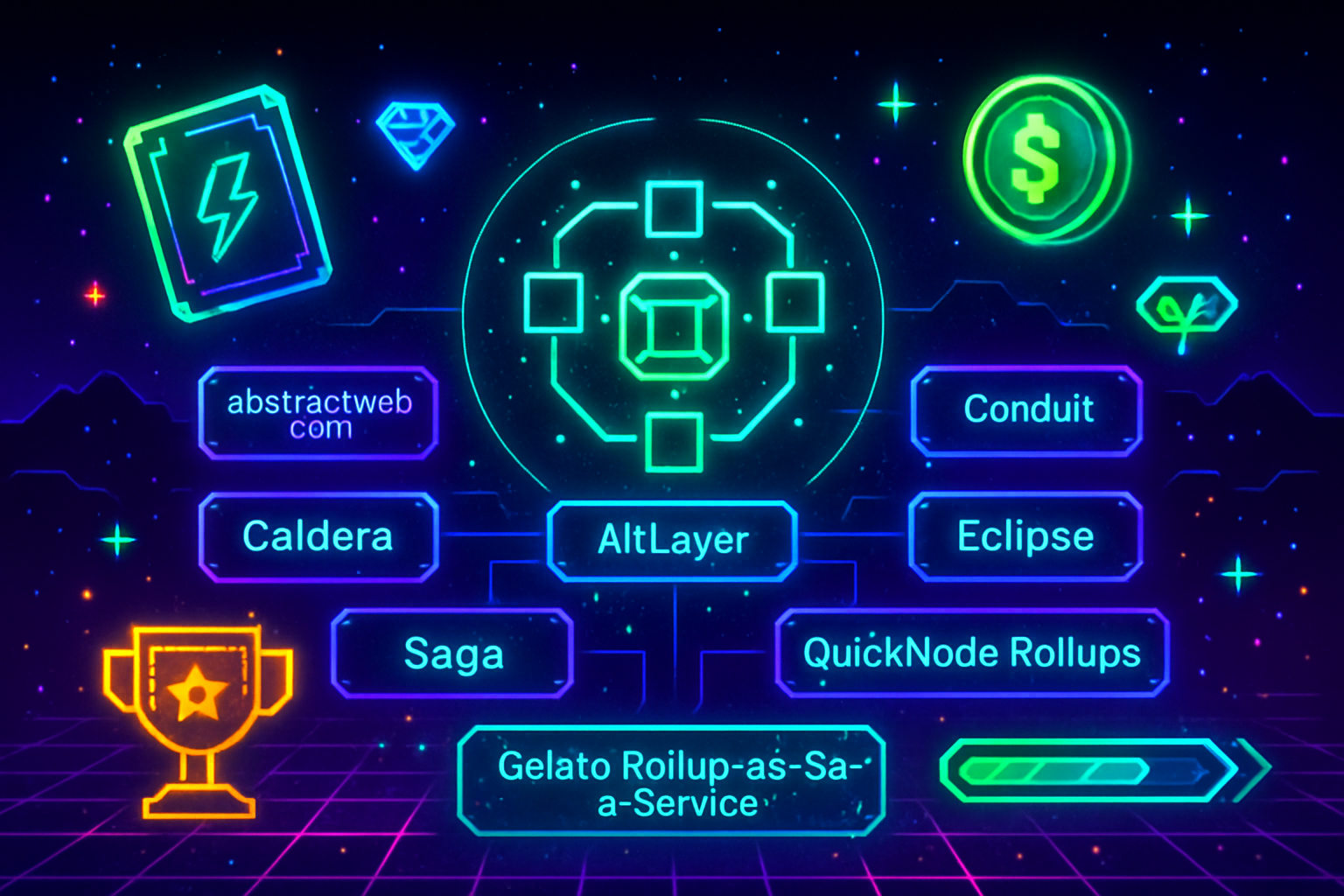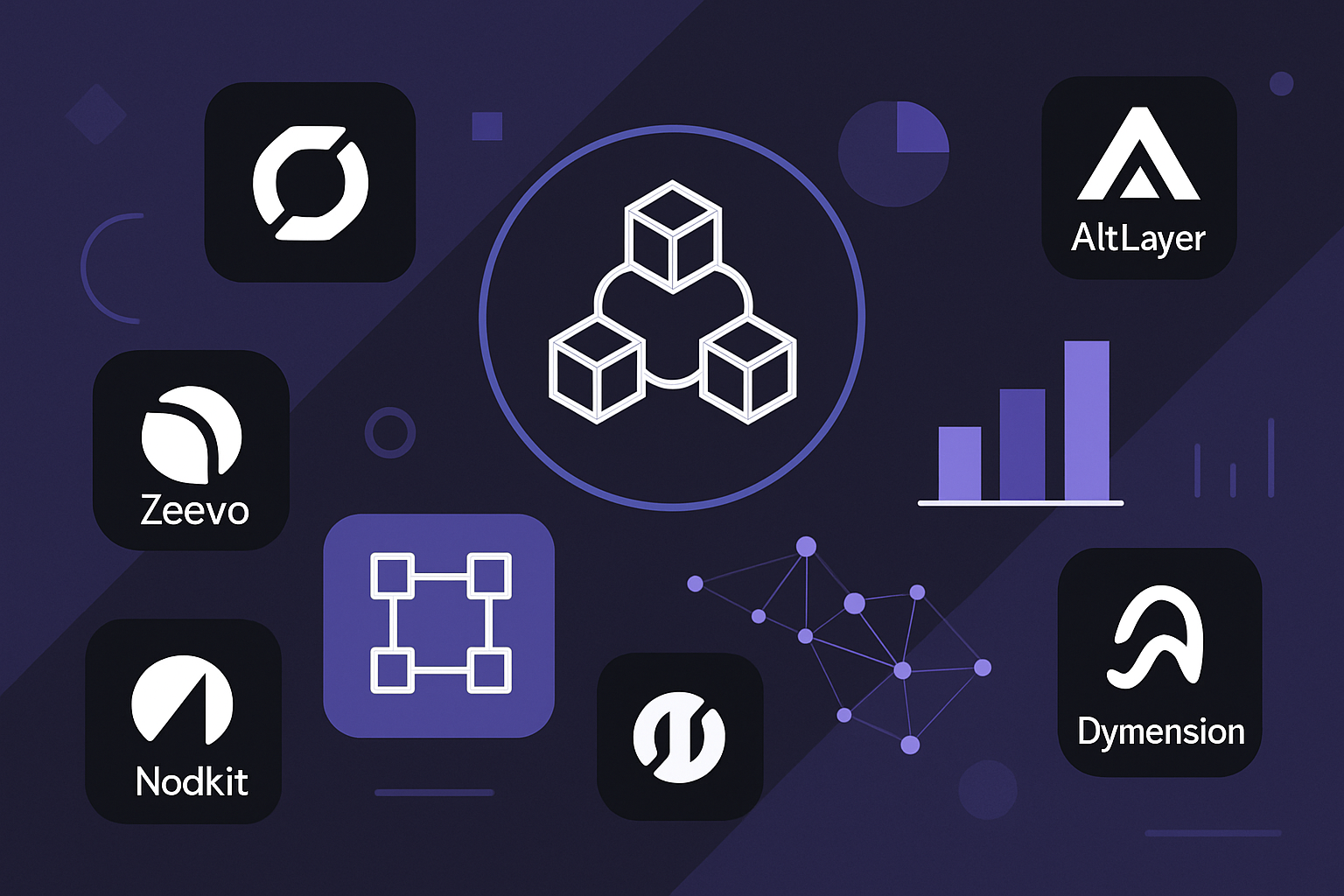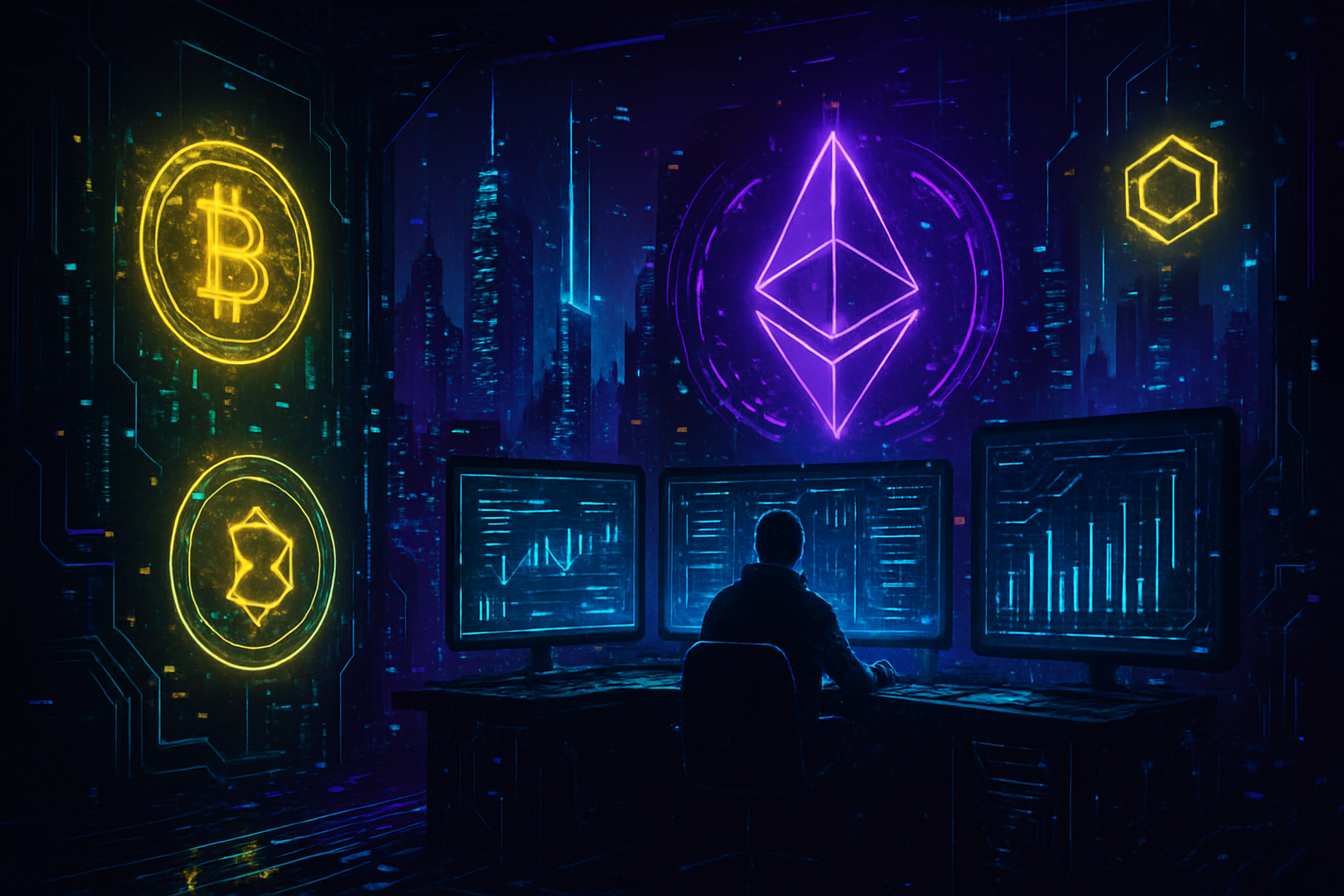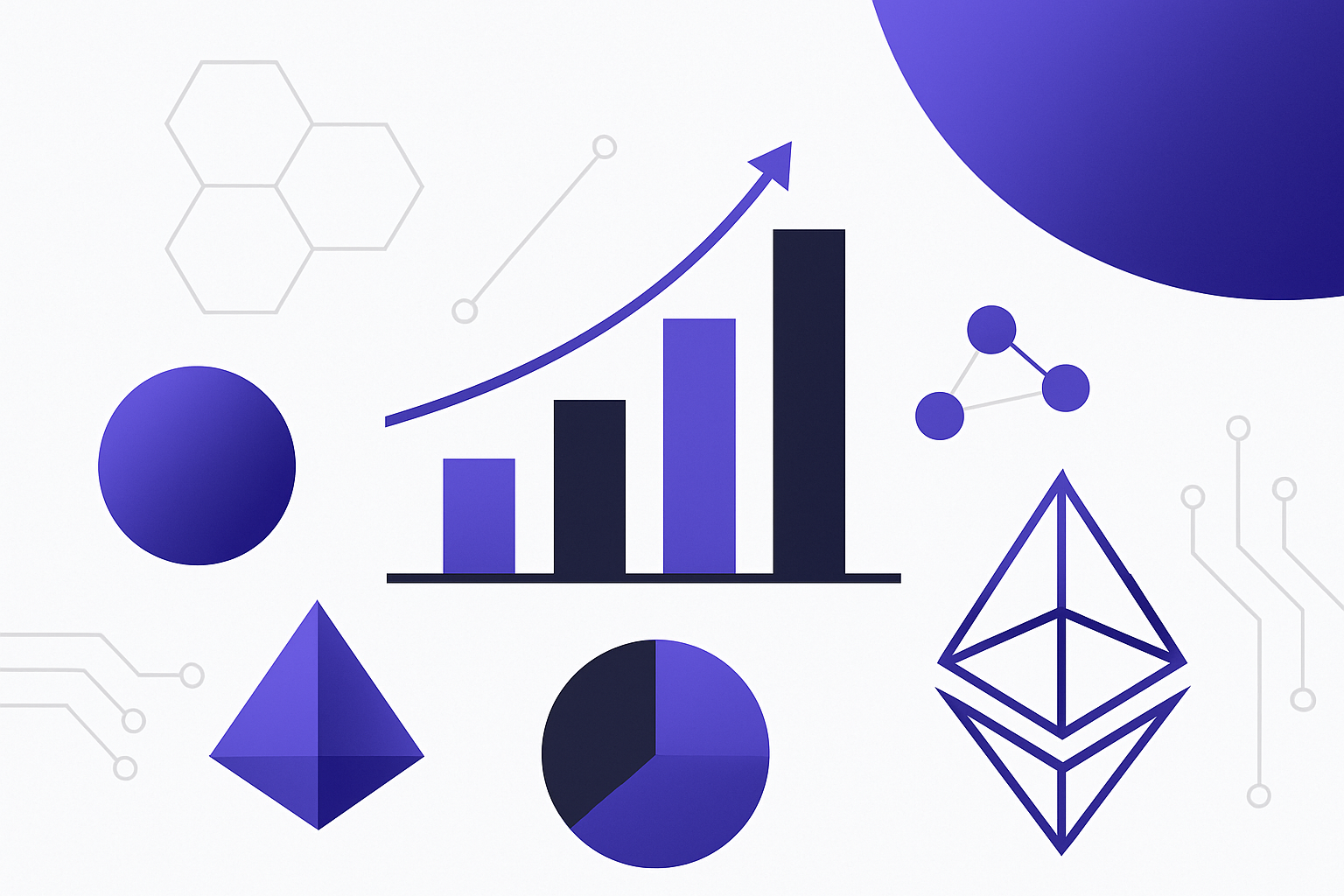
For blockchain developers, launching an application-specific chain (app-chain) has traditionally been a complex, resource-intensive process. Deep protocol expertise, months of engineering, and significant capital were once prerequisites for custom blockchain deployment. Today, the landscape is being upended by no-code rollup deployers: platforms that empower teams to launch secure, scalable rollups in minutes via intuitive interfaces. This shift is not just about convenience; it’s fundamentally democratizing access to blockchain infrastructure and accelerating the pace of decentralized innovation.

No-Code Rollup Deployers: Removing Technical Barriers
The emergence of no-code rollup deployment platforms like Asphere, Caldera, and Blaqclouds’ Deploy Launchpad marks a pivotal evolution in blockchain infrastructure automation. By abstracting away protocol-level complexity, these solutions allow builders to focus on product-market fit rather than node management or consensus mechanisms.
Asphere’s partnership with the Web3 Foundation is a prime example. Their no-code deployer for Polkadot enables teams to spin up high-performance, interoperable rollup chains through a web interface, no Solidity or Rust required. Developers can select from templates (such as EVM-compatible or general-purpose rollups), configure tokenomics and governance modules, and launch their chain with native interoperability baked in. Node operations and compliance frameworks are managed by Asphere’s enterprise backend, drastically reducing operational overhead.
Blaqclouds’ Deploy Launchpad extends this paradigm across 20 and blockchains, including Ethereum ($3,875.25), BNB Chain, and Polygon, integrating automated smart contract deployment for token sales, liquidity tools, KYC modules, and even marketing support. The result: faster time-to-market for dApps and tokens across diverse ecosystems.
Modular Blockchain Infrastructure: Customization Without Code
No-code platforms excel not only in speed but also in flexibility. Caldera’s recent support for the Solana Virtual Machine (SVM) on Ethereum rollups exemplifies this modular approach. Developers can now leverage Solana’s high throughput within the security context of Ethereum, deploying SVM-based rollups with a single click alongside traditional EVM implementations.
This modularity means teams can tailor their app-chains for specific use cases like DeFi protocols requiring rapid transaction finality or NFT marketplaces demanding low fees and high scalability, all without writing or auditing thousands of lines of code.
Market Context: Accelerating Blockchain Adoption in 2025
The trend toward no-code blockchain tools coincides with robust market activity across major networks. As of November 2025:
- Ethereum (ETH): $3,875.25, up and 0.82% over 24 hours
- Arbitrum (ARB): $0.301263, up and 2.71%
This uptick reflects growing confidence in scalable Layer-2 solutions and app-chain architectures that lower costs while preserving decentralization, a core promise delivered by modern Rollup-as-a-Service (RaaS) providers.
The New Standard for App-Chain Deployment
No-code deployers are rapidly becoming the default path for startups and enterprises alike seeking bespoke blockspace without infrastructure headaches. By offering plug-and-play governance modules, staking systems, automated compliance checks, and cross-chain compatibility out-of-the-box, these platforms are shifting the competitive landscape away from raw technical prowess toward product innovation and user experience.
For projects that once faced prohibitive development costs or lacked access to protocol engineers, the playing field is now level. The ability to launch a full-featured app-chain in minutes with minimal upfront investment means more teams can experiment, iterate, and scale innovative business models. This democratization is especially impactful in sectors like DeFi, gaming, and digital identity, where time-to-market and adaptability are critical competitive advantages.
Security and uptime are also being professionalized. Leading no-code rollup deployers integrate enterprise-grade monitoring, automated upgrades, and compliance tooling directly into their platforms. For example, Asphere’s managed node infrastructure ensures high availability and regulatory readiness from day one, capabilities that previously required dedicated in-house DevOps teams.
Moreover, these platforms foster composability across the modular blockchain stack. By supporting both EVM and SVM environments, as seen with Caldera, developers gain unprecedented freedom to select the optimal execution layer for their application’s needs. Cross-chain bridges, liquidity routing solutions, and governance frameworks are increasingly interoperable out of the box, further reducing technical silos within the ecosystem.
Real-World Outcomes: From Experimentation to Ecosystem Growth
The practical impact of no-code rollup deployment is already visible in market dynamics. Token launches that once took quarters now happen in days, while dApps can pivot or upgrade core features without risking mainnet downtime or costly migrations. This agility is attracting both venture capital and institutional users who prioritize security and scalability alongside rapid iteration cycles.
As highlighted by the steady rise of Ethereum (ETH) to $3,875.25 ( and 0.82% 24h), as well as Arbitrum’s (ARB) climb to $0.301263 ( and 2.71%), investor sentiment is increasingly aligned with projects leveraging modular app-chain architectures. Learn more about how no-code rollup deployment platforms are transforming blockchain scalability.
This momentum is not limited to headline tokens: emerging ecosystems on Polkadot, Polygon, BNB Chain, and Solana are seeing a surge in new apps powered by RaaS providers’ no-code toolkits. The result is a virtuous cycle: easier deployment leads to more experimentation; more experimentation drives faster innovation; faster innovation attracts new users, and so on.
What’s Next for No-Code Rollup Deployers?
The next wave of development will likely focus on deeper integrations for compliance automation (such as built-in KYC/AML modules), advanced analytics dashboards for real-time chain monitoring, and frictionless cross-chain asset transfers. As competition intensifies among RaaS providers, expect even richer template libraries tailored for verticals like DAOs or real-world asset tokenization.
The bottom line: No-code rollup deployers have moved from novelty to necessity for any team serious about scaling decentralized applications in 2025 and beyond. By abstracting away infrastructure headaches without sacrificing performance or security, they enable developers, and their communities, to focus on what matters most: building transformative products atop robust blockchain foundations.

